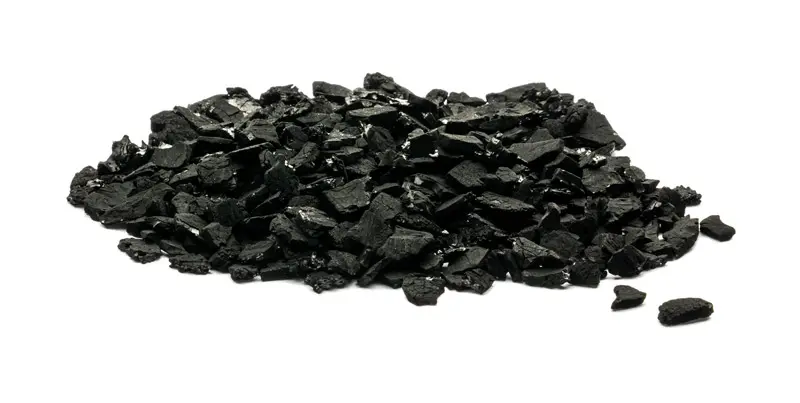Coal Smoke
SULFUR DIOXIDE
The sulfur in coal forms this gas, which gives rise to acid rain when it reacts with water in clouds.
Many plants control sulfur emissions by burning low-sulfur coal and
passing the exhaust through scrubbers,
which capture sulfur dioxide.
NITROGEN OXIDES
The heat of power- plant burners turns nitrogen from the air into nitrogen oxides, which can contribute to acid rain and groundlevel ozone.
Pollution controls on many plants limit nitrogen oxide emissions.
MERCURY
The traces of mercury in coal escape in power-plant exhaust.
Falling hundreds of miles away in rain or snow, the mercury builds up in fish, making some species unsafe for children and pregnant women.
CARBON DIOXIDE
Coal produces more CO2 per energy unit than any other fossil fuel.
CO 2 is a green-house gas, affecting climate by trapping heat that would otherwise escape to space.
Power plants today release all their CO2 into the atmosphere.
PARTICULATES
Particles from coal- burning plants can harm people who have heart and breathing disorders.
Soot and ash are captured before they go up the stacks, but finer particles can form later, from oxides of sulfur and nitrogen
 HS-AC
HS-AC